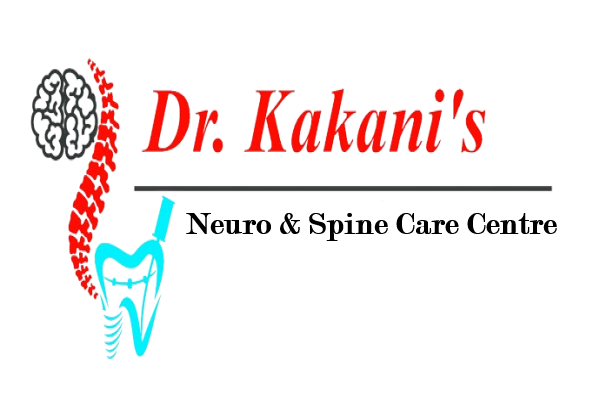A seizure is a sudden, uncontrolled electrical disturbance in the brain that can cause changes in behavior, movements, feelings, or levels of consciousness. Seizures can vary widely in their presentation and severity. Here are some key points about seizures: Types of Seizures: Generalized Seizures: Tonic-Clonic Seizures (Grand Mal): Involves loss of consciousness, stiffening of muscles (tonic phase), followed by rhythmic jerking (clonic phase). Absence Seizures (Petit Mal): Brief episodes of staring and unresponsiveness, often mistaken for daydreaming. Focal (Partial) Seizures: Simple Focal Seizures: Affect a specific area of the brain, causing localized symptoms like twitching or sensory changes without loss of consciousness. Complex Focal Seizures: Involve altered consciousness or awareness, with complex, repetitive behaviors. Causes of Seizures: Epilepsy: A chronic neurological disorder characterized by recurrent seizures. Epilepsy can have various causes, including genetic factors, brain injuries, infections, and structural abnormalities. Febrile Seizures: Occur in young children during a fever, often due to viral infections. Brain Injury: Traumatic brain injury, stroke, tumors, or infections can lead to seizures. Metabolic Disorders: Imbalances in electrolytes, blood sugar, or other metabolic factors. Infections: Meningitis, encephalitis, or other infections affecting the brain. Genetic Factors: Some individuals may have a genetic predisposition to seizures. Drug Withdrawal: Abrupt cessation of certain medications or substances. Alcohol Withdrawal: Can lead to seizures in individuals with alcohol dependence. First Aid for Seizures: Stay Calm: Keep calm and reassure others around you. Ensure Safety: Move objects away to prevent injury. If the person is standing, help them to the ground. Time the Seizure: Note the time the seizure begins. If it lasts longer than 5 minutes, or if another seizure begins shortly after the first, seek emergency medical help. Protect the Head: Place the person on their side to keep the airway clear and prevent choking. Place a soft object or folded clothes under the head. Do Not Restrain: Avoid restraining the person's movements, and do not put anything in their mouth. After the Seizure: Stay with the person and provide reassurance. Check for injuries and be prepared to offer assistance as needed. Medical Evaluation and Treatment: Diagnosis: A thorough medical evaluation, including a neurological examination, imaging studies (MRI or CT scan), and sometimes EEG (electroencephalogram), is often performed to diagnose the underlying cause. Medication: Anti-seizure medications (anticonvulsants) are commonly prescribed to manage and prevent seizures. Lifestyle Management: Lifestyle modifications, such as getting adequate sleep, managing stress, and avoiding triggers, may help in seizure management. Surgery: In some cases, surgery may be considered, especially if seizures are resistant to medication and a specific area of the brain can be identified as the source. It's crucial for individuals who experience seizures or witness someone having a seizure to seek medical attention for a proper diagnosis and management plan tailored to the specific circumstances. Regular follow-ups with healthcare professionals are essential for monitoring and adjusting treatment as needed.

This is your website preview.
Currently it only shows your basic business info. Start adding relevant business details such as description, images and products or services to gain your customers attention by using Boost 360 android app / iOS App / web portal.
917276135101
Have any question or need any consultation?
Online appointment booking is not available right now.
Your enquiry
Your contact info
Appointment Confirmed
Your appointment ID is
| Doctor Name: | |
| Date & Time: | |
| Contact: | +917276135101 |
| Address: | Medicure multispeciality clinic, Ground Floor, Shree Radhe heights, opp. Niti Gaurav Complex, near Lokmat chowk, Ramdaspeth, Nagpur, Maharashtra 440012, India |
| Appointment fee: | |
| Payment mode: | |
| Join video call at: |
Thanks for choosing us.Your appointment details has been shared on your mobile number as well. Please arrive atleast 10 minutes ahead of the scheduled time.
Success
